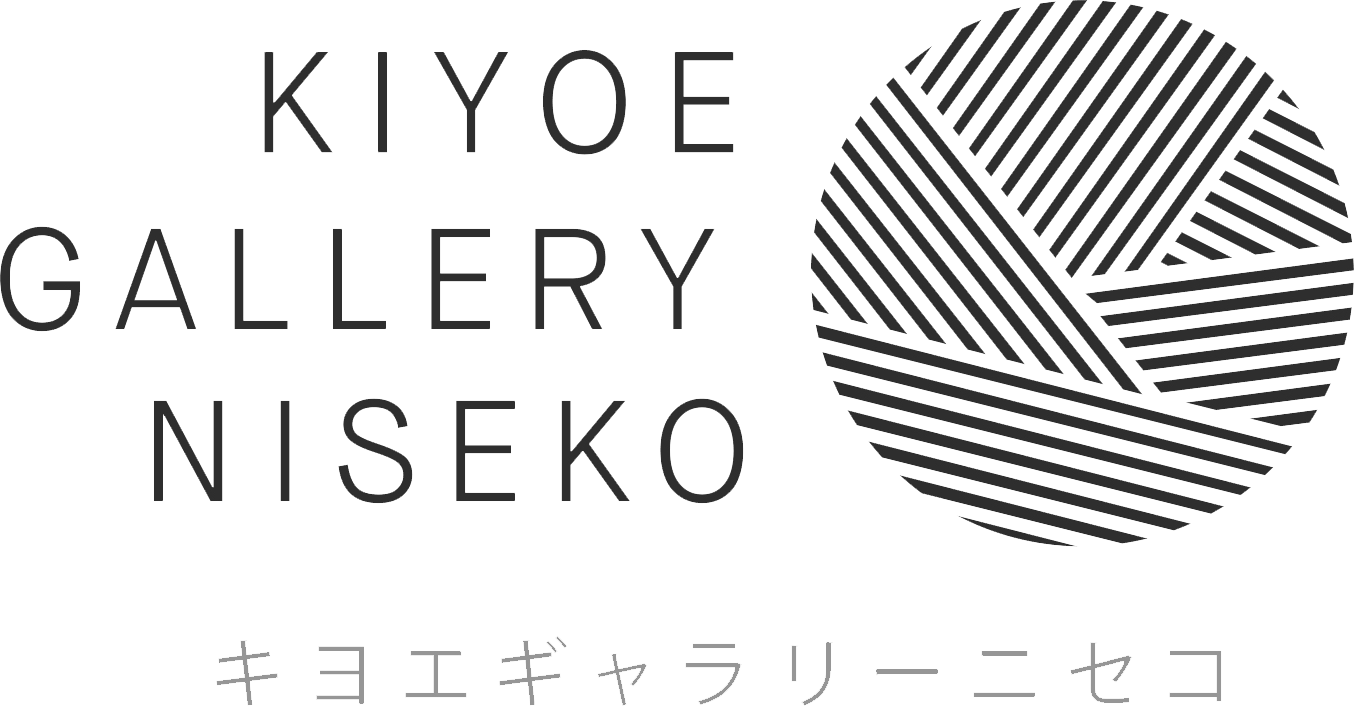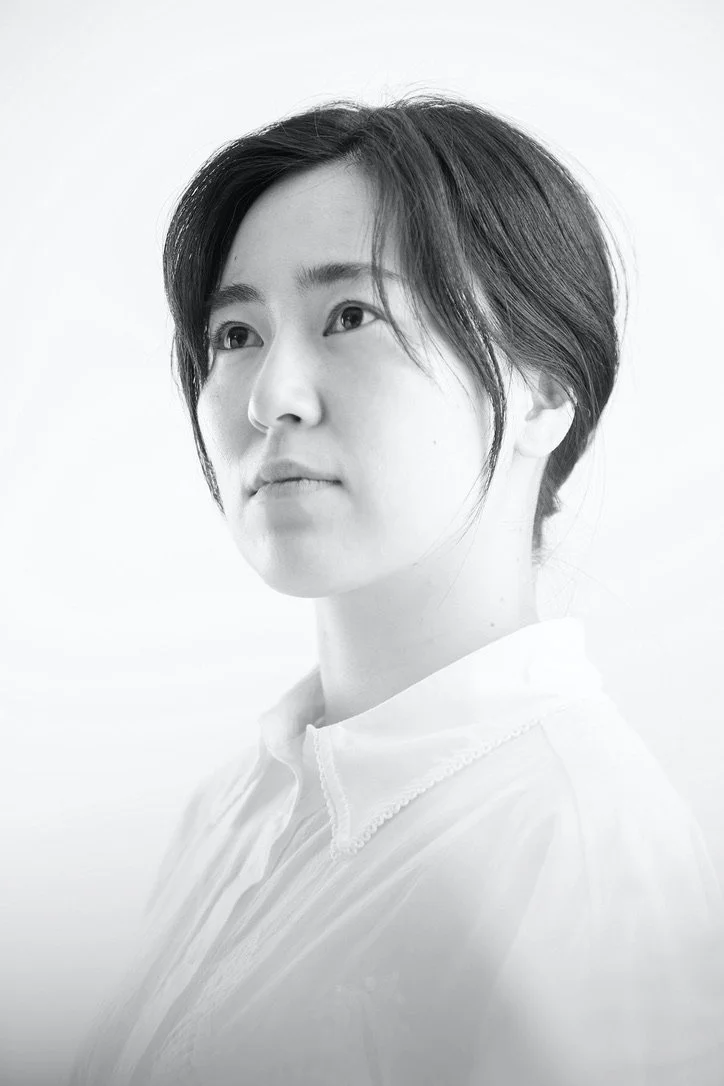MINAMI YOSHIDA 吉田みなみ
札幌生まれ。美術科がある中高一貫校へ進学。油絵や彫刻などアカデミック な教育を受けながら、高校一年の時に初めての個展を札幌で開催。17歳の ときに起こった東日本大震災ではアートで義援金を募るボランティア プロジェクトも立ち上げた。次第に平面作品ではなく立体表現に多くの 可能性を感じ、人体彫刻を学ぶため東京造形大学に進学。卒業後、画家の 吉田卓矢と結婚し共同アトリエを構えるためニセコ山麓へ移住。2022年に は北海道道銀文化芸術奨励賞を受賞。同年、アメリカPhillips Exeter Academyでアートレジデンスも行う。2024年にNYのThomas VanDyke Galleyで個展。同年、台北で吉田卓矢・みなみの2人展を開催。
Minami Yoshida is a Japanese female artist with a unique style inspired by the culture of Japan’s ancient Jomon Period, as well as the popular culture of contemporary Japan. Her sculptures, reminiscent of clay figures from the Jomon Period, are characterized by their charming yet simple forms. Yoshida’s figures have a quiet and solitary feel about them, but one will be able to sense their inner beauty and spiritual quality in due course.
As a child, Yoshida was often ill and immersed in introspection. She was a reserved girl who spent most of her time alone, drawing pictures and making crafts. Mascots and anime characters were a familiar presence to Yoshida, who was born in 1993. She would collect and display them in her room and spend time with them because they gave her special comfort. These mascots, the product of popular culture, may have been the first art form that shaped her aesthetic value while she was growing up in northern Japan. Her lonely childhood, and the characters that would lift her spirits, continue to inspire her works to this day.
Later, Yoshida was strongly influenced by clay figures from the Jomon Period. The Jomon people’s sense of beauty, reflected in shapes attuned to nature, stirred a deep sense of awe and empathy in the contemporary artist as a symbol of the mystery of life. Yoshida said, “I studied for an art university entrance exam, which is unique to Japan, and left my hometown to study sculpture in Tokyo. What the Jomon people created reminded me of what I had forgotten. When I saw an object that was created tens of thousands of years ago, I was reminded of the clay that I touched as a child. I recalled the sense of freedom and the joy of living that I had back then, and the need to shape the clay with my own hands. I, too, wanted to leave behind a universal shape and the strength of life.” For Yoshida, who was born and raised in Hokkaido and has roots in the Tohoku region, such a reminder serves an important purpose as she engages in her creative activities. Take, for example, Kimono Girl, a recent work. The kimono and body parts are integrated and the back skeleton is lightly built. This work may have a simple appearance, but one can still feel the power and presence that transcend human form, as well as the innocence and benevolence of a Jomon clay doll.
Yoshida has been depicting a unique picture of the world at the intersection of Japan’s contemporary popular and ancient cultures by combing them with her own life experience. Yoshida transports her audience across time and space, captivating a diverse range of people in the process. In fact, her hands are on the clay even today, as they always are, creating rustic beauty.

